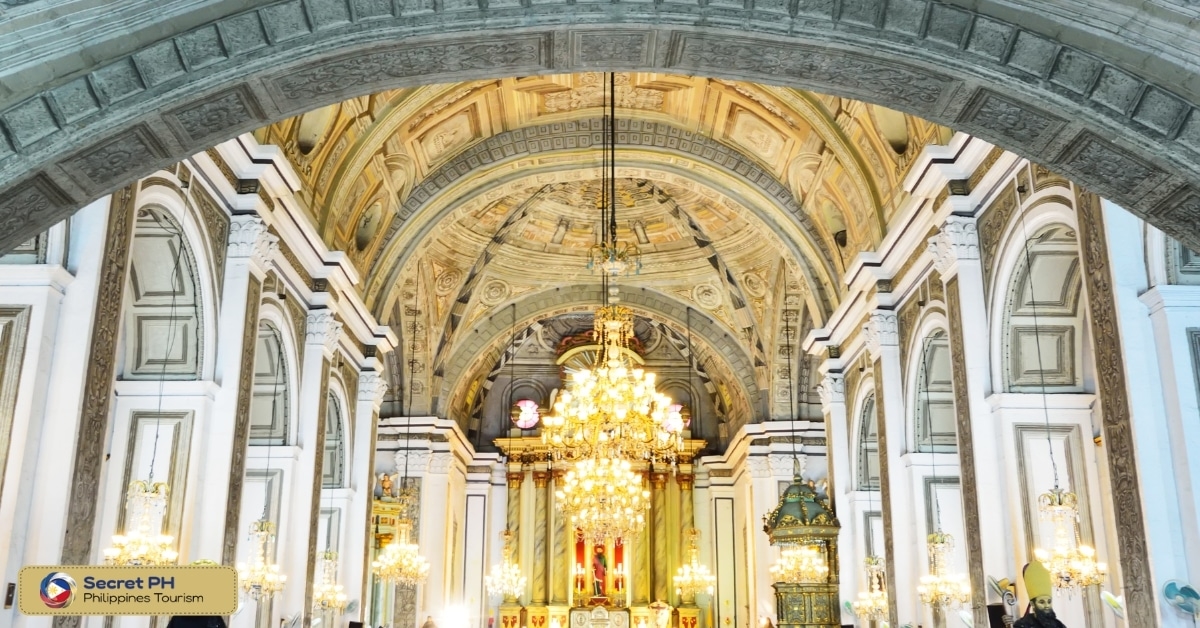San Agustin Church: A UNESCO World Heritage Site
San Agustin Church, located in the historic district of Intramuros in Manila, Philippines, is a remarkable example of Baroque architecture and a testament to the rich cultural heritage of the country. As a UNESCO World Heritage Site, it holds significant historical, architectural, and cultural value, making it a must-visit for anyone interested in exploring the Philippines’ colonial past.
Historical Significance
San Agustin Church is the oldest stone church in the Philippines, with its construction dating back to 1586. It was completed in 1607 by the Augustinian friars, who were among the first Catholic missionaries in the country. The church has withstood numerous natural disasters, including earthquakes and typhoons, as well as the ravages of war, particularly during World War II. Its resilience is a symbol of the enduring faith and spirit of the Filipino people.
The church’s historical significance is further highlighted by its role in various important events in Philippine history. It served as a refuge for civilians during the Battle of Manila in 1945 and has been the site of numerous significant religious and cultural ceremonies over the centuries. Its inclusion in the UNESCO World Heritage list in 1993, as part of the Baroque Churches of the Philippines, underscores its importance as a cultural and historical landmark.
Architectural Features
San Agustin Church is renowned for its unique architectural style, which blends European Baroque with local influences. The church’s facade is relatively simple compared to other Baroque structures, but its interior is richly decorated with intricate carvings, trompe-l’oeil paintings, and a stunning vaulted ceiling. The church’s design reflects the adaptation of European architectural styles to the tropical climate and local materials available in the Philippines.
One of the most striking features of San Agustin Church is its massive, intricately carved wooden doors, which have stood the test of time. Inside, visitors can admire the beautiful retablo, or altarpiece, which is adorned with religious icons and statues. The church also houses a collection of religious artifacts and artworks, including a 17th-century pipe organ and a choir loft with hand-carved seats.
The adjacent monastery, which now serves as a museum, offers a glimpse into the life of the Augustinian friars and the history of the church. Visitors can explore the museum’s exhibits, which include religious relics, historical documents, and artworks that provide insight into the rich cultural heritage of the Philippines.
Visiting San Agustin Church
For those planning to visit San Agustin Church, it is located in the heart of Intramuros, Manila’s historic walled city. The church is easily accessible by public transportation, and there are several guided tours available that provide a comprehensive overview of its history and significance. Visitors are encouraged to explore the surrounding area, which is home to other historical landmarks, such as Fort Santiago and the Manila Cathedral.
When visiting the church, it is important to dress modestly and respectfully, as it is an active place of worship. Photography is allowed, but visitors should be mindful of ongoing religious services and ceremonies. The church is open to the public daily, with a small entrance fee for the museum.
San Agustin Church is not only a place of worship but also a cultural treasure that offers a unique glimpse into the Philippines’ colonial past. Its rich history, stunning architecture, and cultural significance make it a must-visit destination for anyone interested in exploring the country’s heritage.
